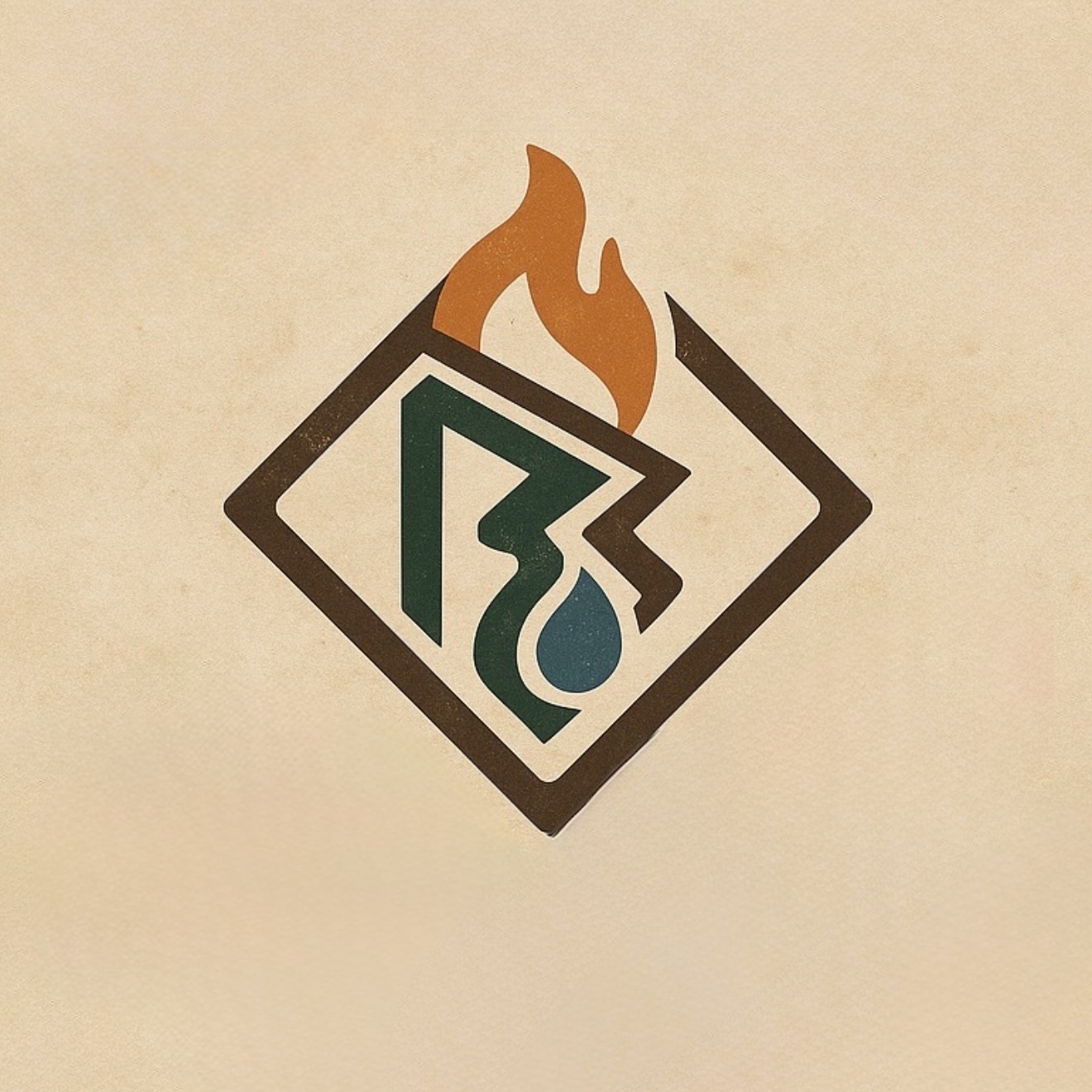
Why DIY Drying Often Fails: The Hidden Dangers of Water Damage in Your Home..
- Patrick Workman
- 5 days ago
- 2 min read
When you discover water in your home—from a broken pipe, an overflowing tub, or a sudden storm—it’s tempting to think, “I can handle this myself.” Maybe you set up a few fans and mop up the puddle. It seems dry. Problem solved, right?
Unfortunately, that’s rarely the case.
Professional drying is not just about removing visible water—it’s about identifying and removing hidden moisture that can destroy materials, encourage mold growth, and harm indoor air quality.
Let’s break down why properly drying a water-damaged home is much harder than most homeowners realize.
Water Moves Where You Can’t See It
Water damage rarely stops at what you can see.
Water can:
Wick up drywall and framing via capillary action
Pool under flooring (tiles, laminate, carpet pad)
Soak into insulation
Hide behind cabinets and baseboards
Standards like the IICRC S500 (the industry guideline for professional water mitigation) require inspection for this hidden moisture. Pros use moisture meters and infrared cameras to map the full extent of damage—not just guess based on surface dryness.
Air Movers Alone Aren’t Enough
Many DIYers think a box fan or two will do the job. But industry drying standards require controlled, balanced drying:
High-velocity air movers to speed evaporation
Professional dehumidifiers to remove the evaporated water from the air
Containment (when needed) to control airflow and prevent cross-contamination
If you skip dehumidification, you may just move moisture around—leading to condensation in cooler areas and mold growth elsewhere.
Mold Can Start Growing in 24–48 Hours
One of the biggest risks of incomplete drying is mold.
Mold needs:
Organic material (drywall, wood)
Moisture
Time (as little as 24–48 hours)
Once mold colonizes, drying alone won’t remove it. Remediation becomes necessary, increasing costs dramatically.
Secondary Damage Is Expensive
Improper drying can cause:
Warped flooring
Swollen baseboards
Deteriorating drywall
Stained finishes
Odors and air quality issues
Insurance carriers typically expect homeowners to mitigate damage promptly and properly. Delayed or improper DIY drying can lead to denied claims for secondary damage.
Professionals Follow Established Standards
Certified water damage restoration professionals are trained to follow standards like IICRC S500.
That means:
✅ Moisture mapping and documentation
✅ Correct equipment sizing and placement
✅ Daily monitoring and adjustments
✅ Documentation for insurance claims
They don’t rely on guesswork.
Bottom Line: Don’t Take Chances with Your Home
Water damage isn’t always an emergency you can fix with a mop and a fan. Even small leaks can cause big problems if moisture isn’t fully removed.
When you hire a professional, you’re paying for:
Experience finding hidden moisture
Industrial drying equipment
Standards-based mitigation
Peace of mind
If you suspect water damage—even if you’ve tried drying it yourself—call us today. We’ll inspect your property with professional tools and help you make sure it’s truly dry. Protect your home, your health, and your investment.
.png)






Comments